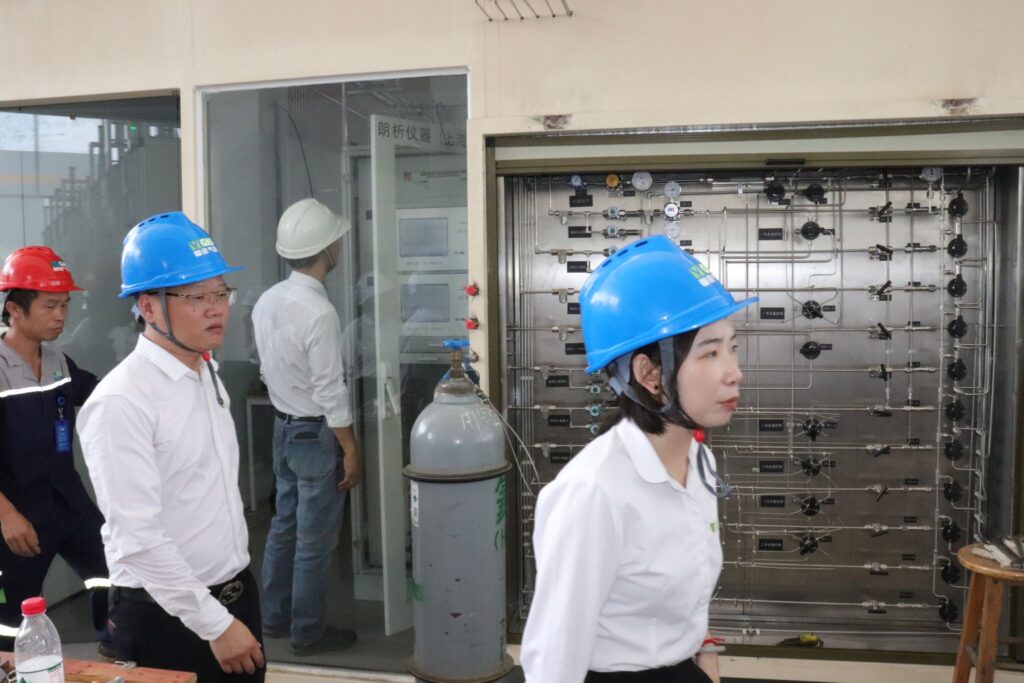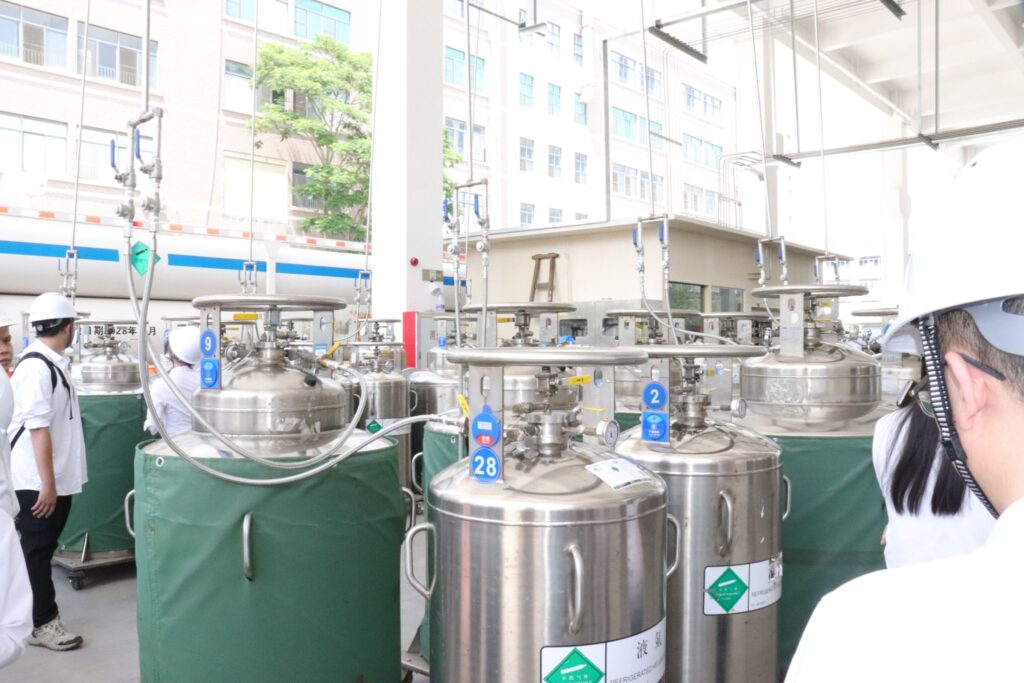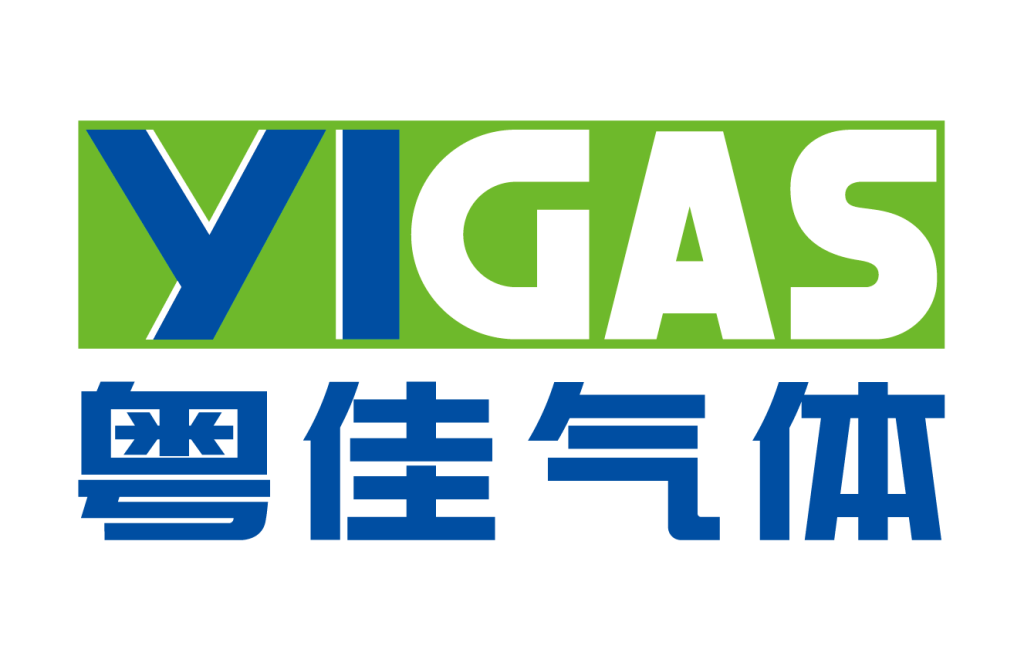Table of Contents How to Put Helium in Balloons
- Introduction
- Why Use Helium in Balloons?
- Safety Precautions
- Required Equipment
- Preparation Steps
- Filling Step‑by‑Step
- Sealing and Tying the Balloon
- Maintaining Lift and Longevity
- Troubleshooting Common Issues
- Why Choose Yigas Helium Gas
- Conclusion
- Summary Table
- References
Introduction How to Put Helium in Balloons

Helium-filled balloons are a staple of celebrations — from parties to corporate events. To ensure balloons float beautifully and safely, it’s essential to understand how to properly fill them with helium. This article provides a comprehensive, professional guide on how to put helium in balloons, from preparation through sealing and maintenance, while highlighting the strengths of using Yigas Helium Gas for reliable and high-quality results.
Why Use Helium in Balloons?
Helium is the ideal lifting gas for balloons due to its non‑flammable, inert, and lightweight properties. It is significantly lighter than air, allowing balloons to float and remain aloft for extended periods. Unlike hydrogen, helium is safe—non‑explosive and non‑toxic—and does not chemically react with balloon material, making it perfect for both decorative and promotional use.
Safety Precautions
Working with high‑pressure gas requires adherence to strict safety guidelines to prevent accidents and injuries.
- Use only certified helium cylinders equipped with pressure regulators.
- Do not inhale helium; it displaces oxygen and can cause asphyxiation.
- Secure the cylinder upright to prevent tipping over.
- Keep helium cylinders away from heat, sparks, and open flames.
- Ensure good ventilation in the filling area to avoid oxygen displacement.
Required Equipment
Before beginning, gather all necessary items:
- Helium tank (ideally with purity 99.999% or higher)
- Regulator with adjustable flow control
- Filling nozzle or balloon inflation tip
- Balloons (latex or mylar/foil)
- String, ribbon, or balloon weights
- Protective gloves and eye protection
- Bucket of water or pliers for sealing, if needed
Preparation Steps
1. Inspect the Helium Cylinder
- Check expiry or inspection date on the cylinder.
- Ensure the pressure gauge reads within the safe operating range.
2. Set Up the Regulator
- Attach the regulator securely to the cylinder’s outlet valve.
- Ensure the O-ring or seal is airtight.
- Adjust the pressure knob to medium — around 2–5 PSI for balloons.
3. Attach the Filling Nozzle
- Secure the nozzle or inflation tip to the regulator outlet.
- Confirm that the connection is tight and leak-free.
Filling Step‑by‑Step
1. Prepare the Balloon
- Stretch the balloon gently to make inflation easier.
- Slip the balloon mouth over the filling nozzle.
- Hold the balloon firmly to prevent slipping.
2. Start Filling Slowly
- Open the regulator valve gradually to begin gas flow.
- Inflate the balloon slowly — watch for over‑inflation.
3. Monitor the Inflation
- Stop filling as balloon becomes round and firm but not stretched.
- For latex, inflate to approximately 80% full to avoid popping.
- For foil balloons, fill until taut, watching pressure levels.
4. Close the Regulator Valve
- Carefully shut off the gas flow on the regulator.
- Wait a few seconds before removing the nozzle to relieve residual pressure.
Sealing and Tying the Balloon
1. Tying Latex Balloons
- Pinch the neck to prevent gas escape.
- Twist the neck and tie a secure knot.
- Add ribbon or weight as needed.
2. Sealing Foil Balloons
- If self-sealing, press to seal the opening tightly.
- If heat seal is required, use a heat sealer or iron per instructions.
3. Securing Multiple Balloons
- Use clips or tie multiple ribbons to a weight or stand.
- Ensure balloons do not rub against sharp objects.
Maintaining Lift and Longevity
To maximize how long balloons stay afloat and look vibrant, follow these maintenance tips:
- Store balloons in a cool, dry place away from direct sunlight and temperature extremes.
- Avoid sharp edges or rough surfaces that may puncture balloons.
- Keep inflated balloons away from heat sources or drafts.
- Use balloon protectant sprays or hi‑float solution to extend float time.
Troubleshooting Common Issues
1. Balloon Won’t Inflate
- Check for nozzle misalignment or leaks at connections.
- Ensure regulator pressure is adequate.
2. Balloon Pops Mid‑Inflation
- Reduce flow pressure and inflate more slowly.
- Watch for overstretch — latex has elasticity limits.
3. Helium Leaks After Tying
- Ensure the knot is tight, without wrinkles in tubing.
- For foil balloons, press seal firmly or use heat sealing if needed.
Why Choose Yigas Helium Gas

Yigas Helium Gas offers exceptional purity and reliable service, making it a top choice for balloon inflation and industrial use:
- High Purity: Helium ranged between 99.999% to ultra‑high 99.9999%, ensuring clean, long‑lasting lift.
- Comprehensive Portfolio: Supplies helium for civilian balloon use, industrial high‑purity cylinders, tube trailers, and liquid helium storage.
- Stable Supply & Flexible Delivery: Logistics supported by robust production; sourced from Qatar and the U.S., ensuring uninterrupted supply.
- Premium Service: Backed by professional filling teams and experienced overseas business operations.
Specifications of Yigas Helium
- CAS Number: 7440‑59‑7
- UN Number: 1963
- EINECS Number: 231‑168‑5
- Molecular Weight: 4.0026
- Appearance: Colorless, odorless gas
- Melting Point: ‑272.2 °C; Boiling Point: ‑268.6 °C
- Density: 0.1786 kg/cm³
- DOT Class: 2.2 (Non‑flammable Gas)
With a 13,000 m² facility in Zhongshan and an annual liquid helium capacity of 300 tons, Yigas guarantees consistent quality and availability for events large and small.
Conclusion
Properly filling balloons with helium requires the right equipment, careful procedures, and attention to detail. By following the steps outlined above—from setting up your regulator to sealing each balloon—you can achieve confident, long-lasting results. Choosing a high-purity helium supplier like Yigas Helium Gas further ensures safety, float performance, and reliability. Whether for personal celebrations or professional displays, the right approach makes all the difference.
Summary Table
| Step / Topic | Key Point | Benefit |
|---|---|---|
| Safety | Use certified cylinders, protective gear | Prevents accidents and injuries |
| Preparation | Set up regulator, verify pressure | Ensures smooth and safe inflation |
| Filling | Inflate slowly, monitor balloon size | Avoids over‑inflation and popping |
| Sealing / Tying | Tight knot or foil seal | Maintains helium retention |
| Maintenance | Store properly and use float enhancer | Extends float time and appearance |
| Supplier | Choose high‑purity Yigas Helium | Reliable lift, safety, and consistency |
References
- Yigas Helium Gas Official Website
- BalloonHQ: Helium Balloon Filling Tips
- Healthline: Risks of Inhaling Helium
- CDC: Helium Gas Safety

